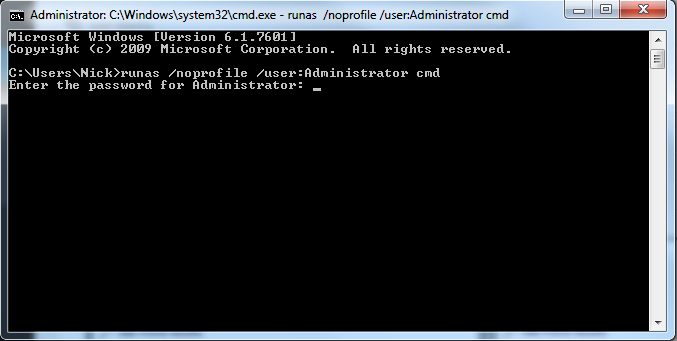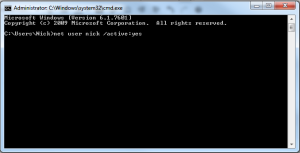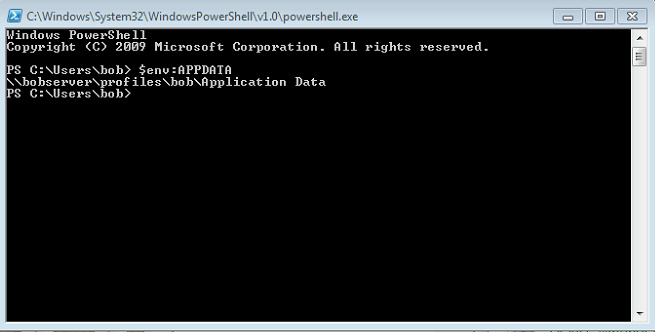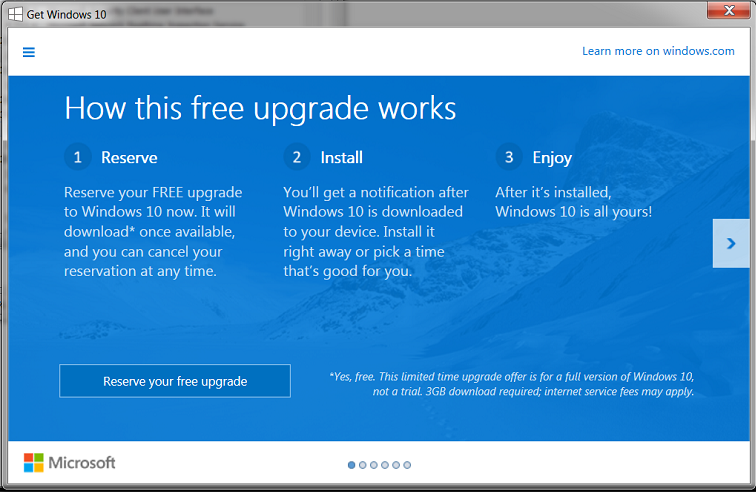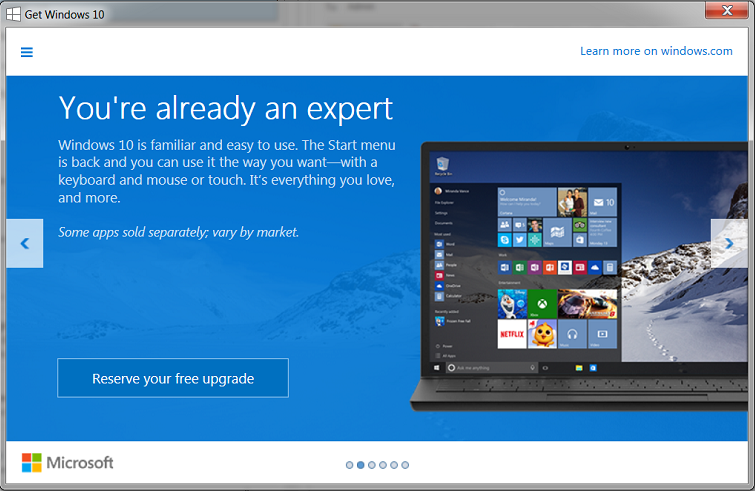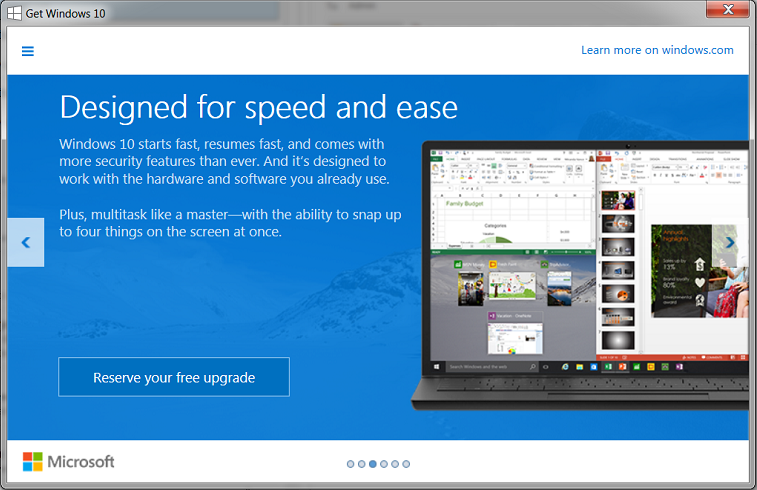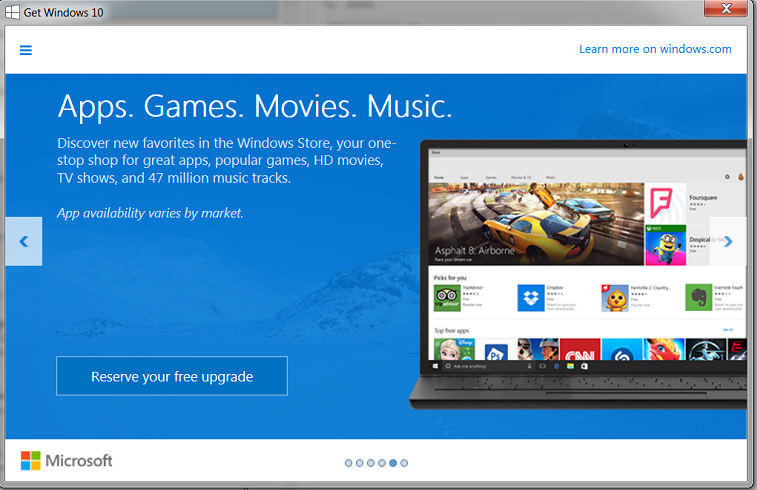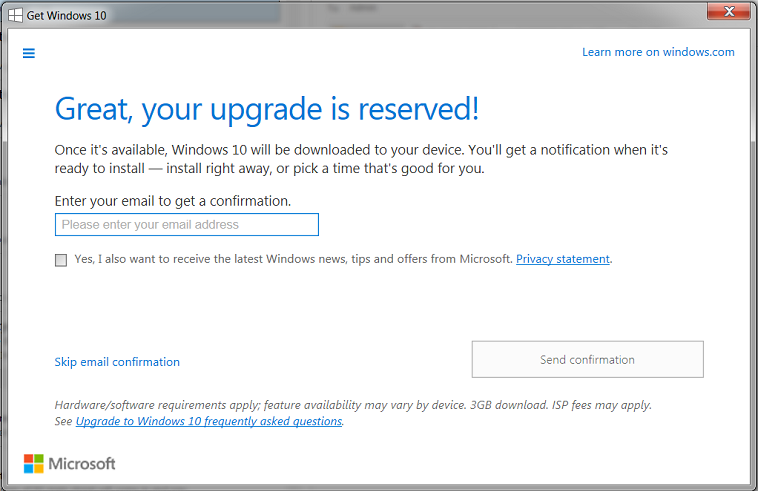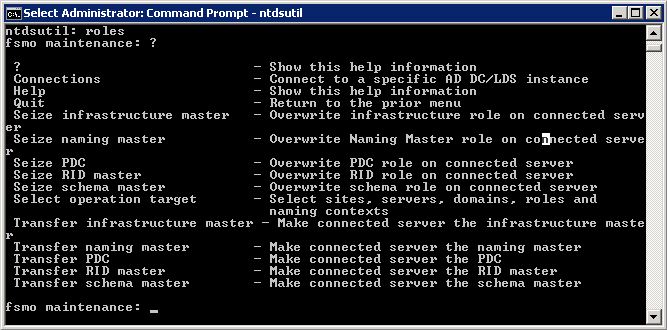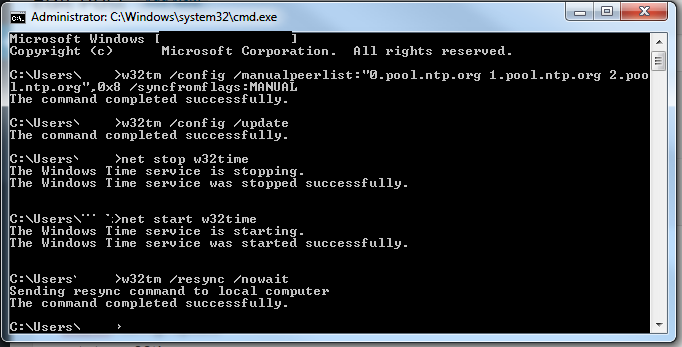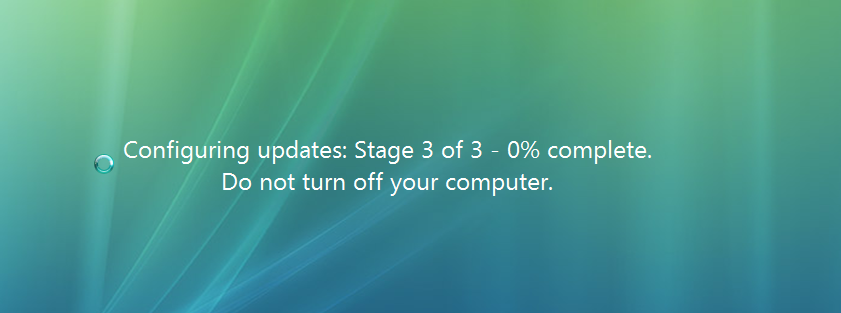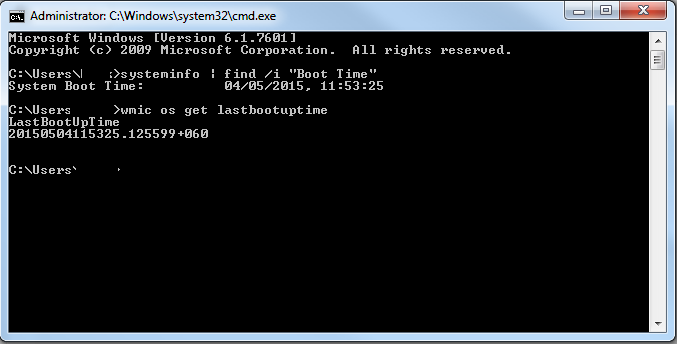Ever been in the situation where you need to find PC model and serial, but just don’t have access to the bottom of the PC to check.
Perhaps you need the model but the sticker has been removed, or marked on the bottom. Well, there’s a alternate way to find the computer’s serial number without you having to go under the desk:
Here is how to find the PC model and Serial from CMD
Open the command prompt (Start – > CMD) and type the following command:
wmic bios get serialnumber
Another command that will also print the model number (or make) of your computer is:
wmic csproduct get name, identifyingnumber
The system model number can also be found using the System Information program available under All Programs – > Accessories – > System Tools.
And there you have it, how to find your PC model and Serial from CMD



